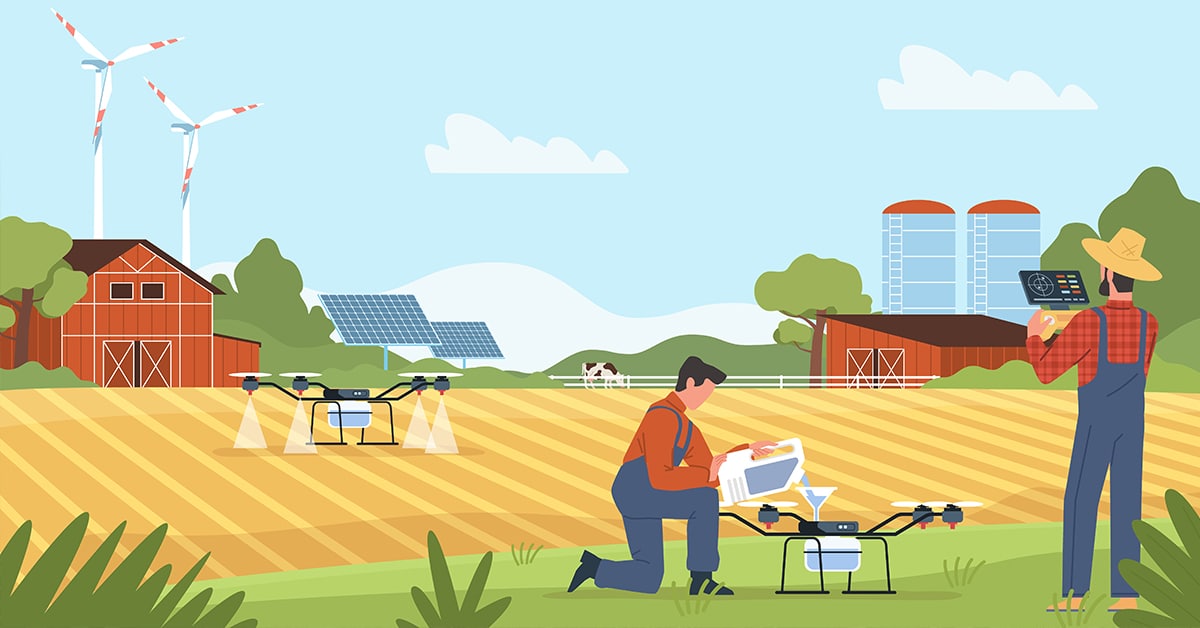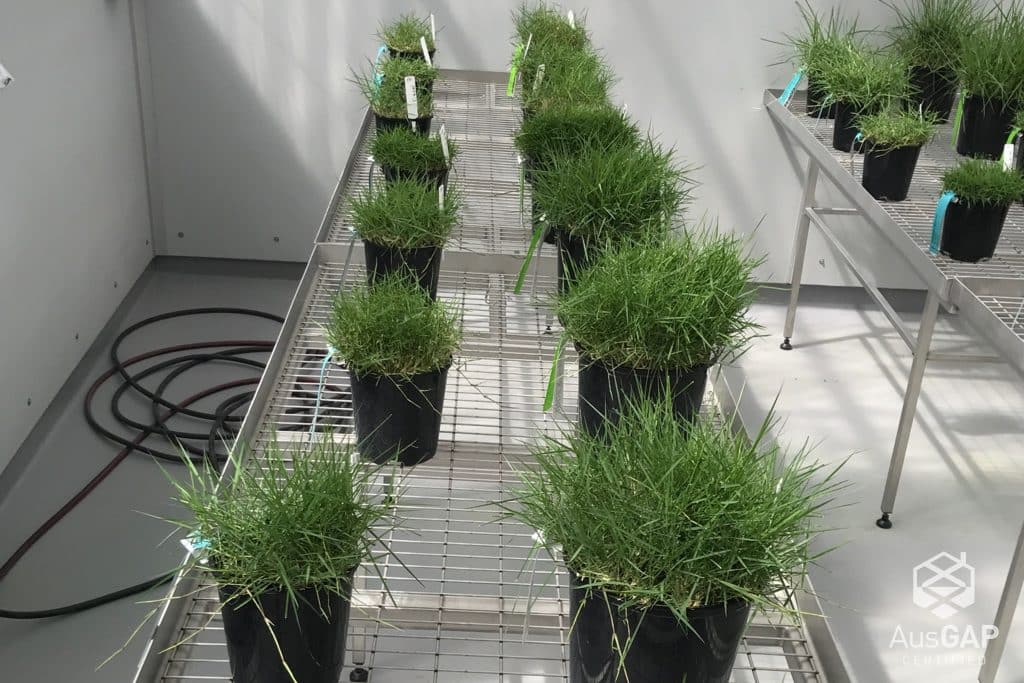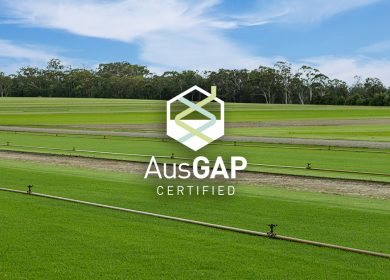
The turfgrass industry is constantly evolving and adapting to new technologies, trends, and innovations. In order to stay ahead of the curve, it is important to understand the latest trends and advancements in the industry and what they mean for the future of turfgrass management. Focusing on the future and how to adapt current practices is essential to the success of turfgrass management. Read on to find out more about the trends and innovations that are shaping the future of the industry.
By staying informed and incorporating new technologies and techniques into practice, turfgrass professionals can ensure they are providing the best possible services and products to their customers, while also ensuring the long-term health of the turf.
What are the current trends in turfgrass management?
Sustainable practices:
The movement towards sustainability is affecting every aspect of the turfgrass industry, from the types of grasses used to the methods of maintenance. Turfgrass professionals are looking for ways to reduce the environmental impact of turfgrass management, such as using water saving irrigation systems, reducing pesticide and herbicide use, and promoting the incorporation of manual removal in weed management plans.
Advanced irrigation systems:
Irrigation is an essential component of turfgrass maintenance, but it can also be a major source of waste. Advances in irrigation technology are helping to conserve water, reduce runoff and improve overall efficiency of watering systems. From smart irrigation controllers that adjust watering based on real time weather data to moisture sensors that provide real time information on soil moisture levels, new technologies are helping turfgrass professionals make more informed decisions about when and how much to water.

Precision turf management:
The use of data and analytics is increasingly becoming a part of turfgrass management. From sensors that track soil moisture and temperature to drone technology that provides aerial imaging and analysis, the future of turfgrass management is all about precision. This data driven approach to turf production and maintenance allows for more informed decision making and a more efficient use of resources.

Biotechnology:
Biotechnology is a growing field in turfgrass management, with advances in genetics and breeding leading to the development of new, more sustainable, and efficient grasses. This field is playing an increasingly important role in the development of new turfgrass varieties that are more disease resistant, drought tolerant, and better suited to different climates and soil types. This includes the use of genetic engineering and plant breeding techniques to create new and improved turfgrass varieties that are better suited to a wide range of conditions.

Educating the next generation:
The future of turfgrass management also depends on educating the next generation of professionals. By providing opportunities for education and training, the industry can ensure that the next generation is equipped with the knowledge and skills to meet the challenges of the future. Investing in the education of future professionals is a proactive approach to shaping the future in a sustainable and environmentally conscious manner.
What impact do these trends have on the future of turfgrass management?
These trends highlight a shift towards a more sustainable and environmentally friendly practices. By adopting sustainable practices, such as reducing chemical inputs, conserving water, and promoting education, the turfgrass industry can minimise it impact on the environment and contribute to the future of turfgrass management.
Overall, these emerging trends in the turfgrass industry hold the potential to create a future that is characterised by sustainable practices, efficient resource utilisation, resilient turfgrass varieties, and a well-prepared workforce. Therefore, by embracing these trends, the turfgrass industry can contribute to a greener and more sustainable world.
The field of turfgrass is constantly evolving, and it’s important to stay up to date on the latest trends and innovations in the industry. From a focus on sustainability, to the use of precision agriculture, drones, and biotechnology, there are many exciting developments happening in the field that are likely to shape the future of the industry.


